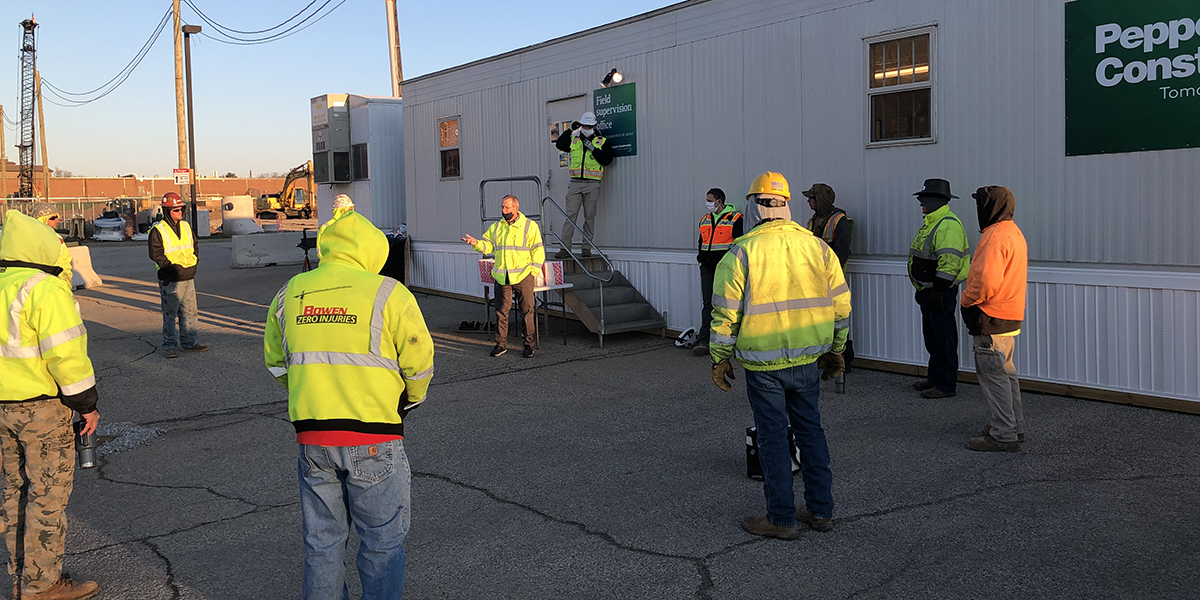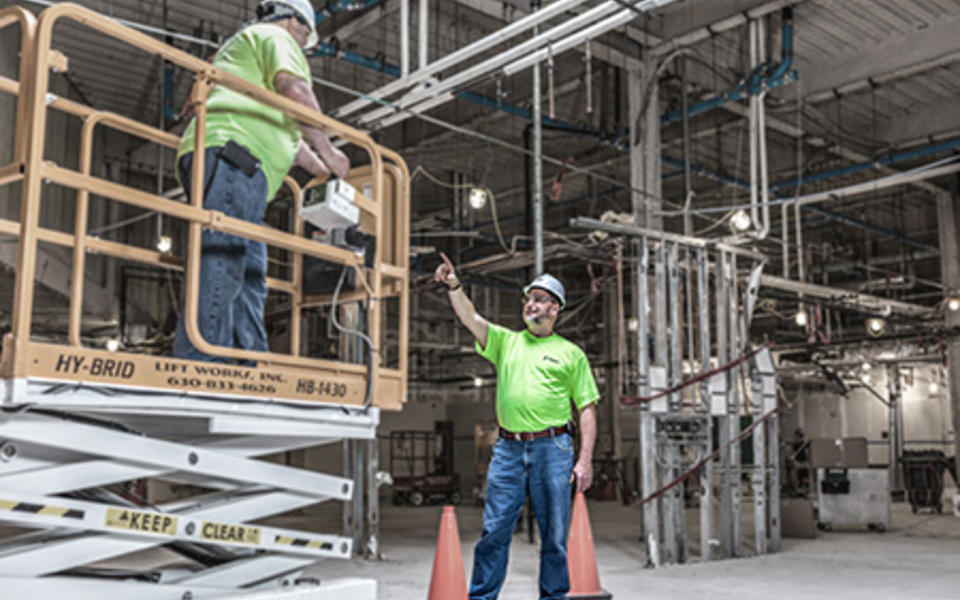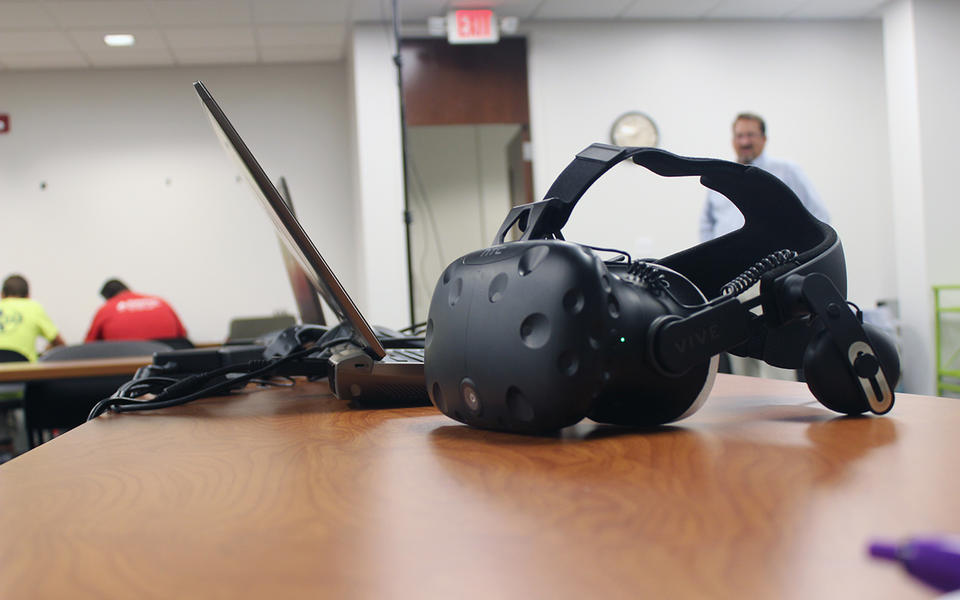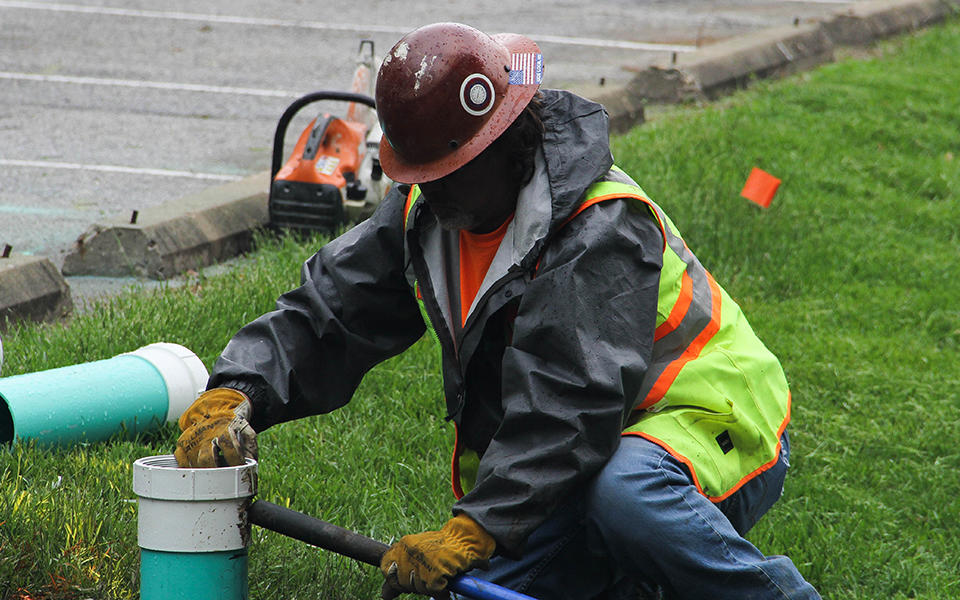Safety, Emerging technology, Quality
Our industry has more rules and regulations around safety than ever before. With all the rules and check boxes, analyzing risks can become an overwhelming or tedious task for tradespeople. Particularly with the additional requirements around Covid-19, trades could be so focused on the new rules and forget about other safety measures, leading to corners being cut and daily huddles turning into conversations about productivity vs. safety. On top of that, a lack of consistency in documenting best practices, inefficient methods of relaying information and a decline in following through with risk mitigation can all contribute to complacency on the job site.
We're always trying to avoid complacency, especially when it comes to safety. So even though we are good at collecting Task Hazard Analysis (THA) forms, we understand that analyzing risks and putting pen to paper could become a mundane task over time.
To combat complacency and open up communication in the field, we asked ourselves a familiar question: Could technology help us?
For us, the answer came in the form of a program called SmartTagIt, which acts as a sort-of social network where instead of sharing a picture of your food with friends, our tradespeople film a short video and share valuable safety information with their co-workers. Video technology helps us collect, distribute and analyze daily THAs in full visual context.
Technology for assessing risks
Sharing best practices in a timely and effective manner has been a challenge for construction companies because our people are spread across different job sites. We need the structure of THAs, but the processes we traditionally follow in the industry don't always provide the information in a way that fits the circumstances as they occur.
Additionally, through conversations with our tradespeople, we realized that they rarely have the opportunity to share their knowledge with fellow team members. Even morning huddles can devolve into talks about production expectations, without much discussion about potential risks.
We think of technology as a tool, and tools are only good if you understand how to use them. So we kept our use of video for THAs simple: Tradespeople use their phones or tablets to film a short video of themselves and the jobsite while identifying hazards, the plan for addressing them and quick safety reminders. This method takes the viewer beyond procedural text to the actual job site. Trades people see who is involved and hear a more conversational and in-depth analysis of the risks.
Similar to websites like Facebook, LinkedIn and Instagram, other users can comment – whether to ask questions, offer suggestions or leave a note of praise. Sharing information via THA videos in small groups, like a job site, provides access to information on other projects. Anyone in the field has the freedom to check for relevant videos and conversations, which culminates in a shared learning experience among team members and across jobs, which isn't possible through a traditional THA process.
Enhancing safety messaging

The transition from paper audits to video Task Hazard Analyses has increased engagement in the field. Communication through the videos has allowed project teams to acquire a readily available library of best practices, interact in real-time across job sites and strengthen a culture of accountability and open conversation.
An added bonus for us is the ability to gauge what's being discussed. The other safety leaders and I have instant access to field teams' safety plans, whereas in the past those plans resided with the project on site. We've applied Natural Language Processing (NLP) technology to THA videos, which allows us to search for key phrases that are being used in THAs.
For example, during the two hottest days of the year, I searched for phrases including "heat," "water" and "shade." The result was a list of video THAs showing trades discussing how to protect themselves from heat stroke and exhaustion. By searching through translations of those videos, we could validate that field teams were taking an active role in discussing safety issues. It also helped us identify any gaps in safety messaging so we could compare our intentions to what is really communicated.
Finally, the videos help people take ownership in talking through safety issues, and that leads to a higher quality conversation. We've found that we're spending less time on coaching and more on reviewing actual content. We've seen how the more comfortable our teams have grown with THA videos, the more they recognize hazards in their workspace.
Continuous improvement in safety
From the moment we held training for our people, reaction from the field has been positive because they are tired of filling out forms and doing paperwork. We're also asking ourselves what other situations or areas would benefit from a more informal conversation. Moving forward, our goal is to perfect this process among the Pepper trades people. Some of our trade partners have also shown an interest in the program.
It can be easy for leadership at any company to say they have a good culture, but we understand that our real safety culture is found between the foreman and the worker. If there's a disconnect, then there are openings for miscommunication and hazards. The more we improve those conversations and create an environment that fosters relationships, the bigger impact our safety procedures will have on our job sites.
About the Author






